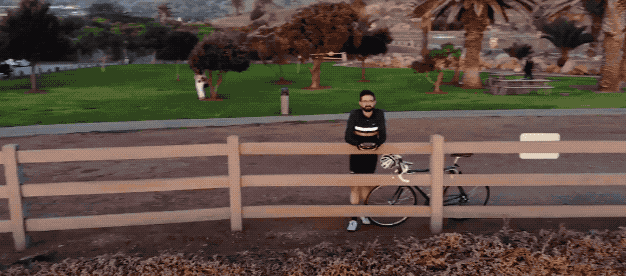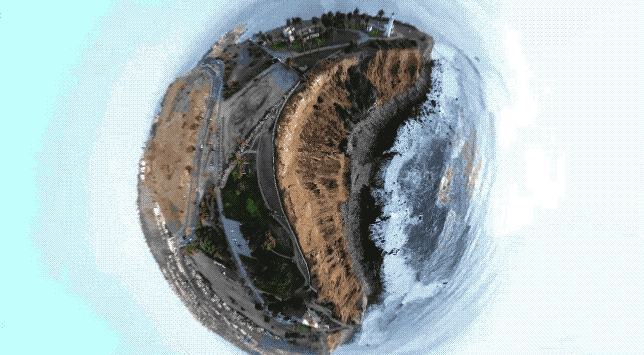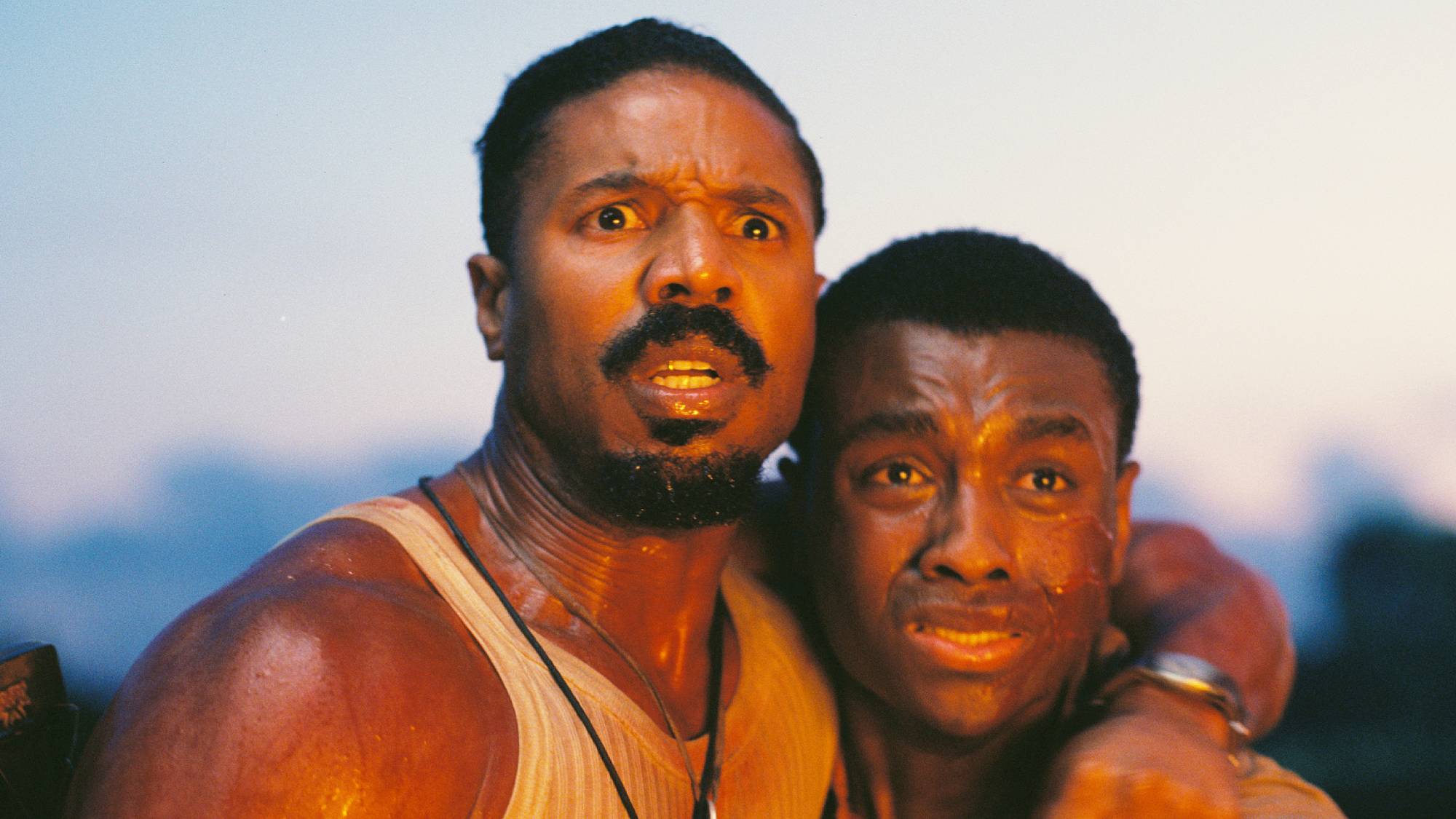DJI Mavic Air Hands On: Better Than the Pro and $200 Less
DJI's Mavic Air drone shoots video at 4K and costs $200 less than the Mavic Pro. Which one should you get?
With the launch of the Mavic Air, DJI may just have killed off its best drone. The new Mavic Air features folding wings, a 4K camera mounted on a 3-axis gimbal, up to 21 minutes of flight time, and some very clever new features, including advanced gesture controls and shooting modes, such as 32MP spherical panoramas.
The Mavic Air, which is available now, costs $799. That's $200 less than the Mavic Pro, which has a similar camera but is nearly twice as heavy and lacks some of the Air's video modes. We went hands-on with the Air, and can't wait to get it into the sky. Here's how the Air stacks up to the Mavic Pro and DJI's smallest drone, the Spark.

| Row 0 - Cell 0 | DJI Mavic Air | DJI Mavic Pro | DJI Spark |
| Price | $799 | $999 | $399 |
| What's Included | Remote controller, extra propellers, prop guards, battery charger | Remote controller, extra propellers, prop guards, battery charger, microSD card | Extra propellers, storage box, charger |
| Video Resolution | 4K/30 fps (100 Mbps) 1080p/120 fps | 4K/30 fps (60 Mbps), 1080p/96 fps | 1080p/30 fps (24 Mbps) |
| Photo Resolution | 12MP | 12MP | 12MP |
| Stabilization | 3-axis gimbal | 3-axis gimbal | 2-axis gimbal |
| Storage | 8GB/microSD | microSD | microSD |
| Weight | 15.2 ounces | 1.62 pounds | 10.6 ounces |
| Flight Time | 21 minutes | 27 minutes | 16 minutes |
| Gesture Controls | Yes | Yes | Yes |
| Row 0 - Cell 0 | DJI Mavic Air | DJI Mavic Pro | DJI Spark |
| Price | $799 | $999 | $399 |
| What's Included | Remote controller, extra propellers, prop guards, battery charger | Remote controller, extra propellers, prop guards, battery charger, microSD card | Extra propellers, storage box, charger |
| Video Resolution | 4K/30 fps (100 Mbps) 1080p/120 fps | 4K/30 fps (60 Mbps), 1080p/96 fps | 1080p/30 fps (24 Mbps) |
| Photo Resolution | 12MP | 12MP | 12MP |
| Stabilization | 3-axis gimbal | 3-axis gimbal | 2-axis gimbal |
| Storage | 8GB/microSD | microSD | microSD |
| Weight | 15.2 ounces | 1.62 pounds | 10.6 ounces |
| Flight Time | 21 minutes | 27 minutes | 16 minutes |
| Gesture Controls | Yes | Yes | Yes |
Design
The Mavic Air is clearly the successor to the Mavic Pro. Its folding arms make the Air easily transportable — it collapses into the size of a large can of tomatoes — without the need for a carrying case, like the DJI Spark.
At 15.2 ounces, the Air is nearly half as light as the Mavic Pro, but still heavier than the 10.6-ounce Spark. The Air definitely looks slick and comes in three colors — the white and red models definitely stood out. The arms folded out securely, and I like how DJI changed the body of the Air to better protect its camera. On the Mavic Pro, the gimbal hangs down a bit, so without the protective cover, there's a greater chance of damaging it.
Camera Quality
The Air can shoot video at 4K/30 frames per second, just like the Mavic Pro. Both also have a 1/2.3 CMOS sensor, but the Air's aperture only goes down to f/2.8, whereas the Pro's is a wider f/2.2, which should help somewhat in lower light conditions.
However, the Air has a higher video bitrate of 100Mbps, compared to 60Mbps for the Pro, and the Air can shoot 1080p video at 120fps, compared to just 96fps for the Pro at the same resolution. The Spark shoots video at 1080p/30 fps, which is good but not in the same league as the Air or Pro. Also, the Air and Pro have 3-axis gimbals, compared to a 2-axis gimbal on the Spark.
I also like that DJI added a bit of onboard storage to the Air. It's nice having 8GB in case you forget your memory card.
Shooting Features
While DJI's previous drones have been able to take panoramas, the Air can now stitch together 25 photos to create 32MP spherical panoramic photos. The samples shown off at the demo were pretty dramatic.
Introduced with the Mavic Pro were autonomous shooting modes, called QuickShots, which flies the drone in a preprogrammed pattern while recording video. Some of these include Circle and Helix, which has the drone circle around you slowly.

The videos they produce are pretty cool, and the Mavic Air is getting two new modes: Boomerang, which takes the drone on an elliptical flight path, and Asteroid, which starts with a spherical panorama, and then zooms into a subject. Of all the demos, this one garnered the most gasps among those who first saw it.

Gesture Controls
All three models have some form of gesture controls, so you can pilot the drone (to a limited extent) just by using your hand. The Air gets a few new gestures, though, letting you move it closer and further away from you, in addition to side-to-side and up and down movements. In the demo area during the presentation, the Air was very responsive, gliding back and forth with no more than a wave of the hand.
Flight Time
One area where the Mavic Pro still beats the Air is flight time. You get about 27 minutes with the Pro, versus 21 minutes for the Air, and 16 minutes for the Spark. So you'll be able to stay aloft for 5-6 minutes longer, but I'm not sure it's worth an extra $200. For that money, you can buy a lot of extra batteries.
Outlook
With the Mavic Air, it appears that DJI has once again created a drone which will be copied by many others in the future. However, it may be so good that it will cannibalize sales of the Mavic Pro, which until now, we considered the best drone overall. Once we get a chance to test the Mavic Air, that could change.
Sign up to get the BEST of Tom's Guide direct to your inbox.
Get instant access to breaking news, the hottest reviews, great deals and helpful tips.

Michael A. Prospero is the U.S. Editor-in-Chief for Tom’s Guide. He oversees all evergreen content and oversees the Homes, Smart Home, and Fitness/Wearables categories for the site. In his spare time, he also tests out the latest drones, electric scooters, and smart home gadgets, such as video doorbells. Before his tenure at Tom's Guide, he was the Reviews Editor for Laptop Magazine, a reporter at Fast Company, the Times of Trenton, and, many eons back, an intern at George magazine. He received his undergraduate degree from Boston College, where he worked on the campus newspaper The Heights, and then attended the Columbia University school of Journalism. When he’s not testing out the latest running watch, electric scooter, or skiing or training for a marathon, he’s probably using the latest sous vide machine, smoker, or pizza oven, to the delight — or chagrin — of his family.
